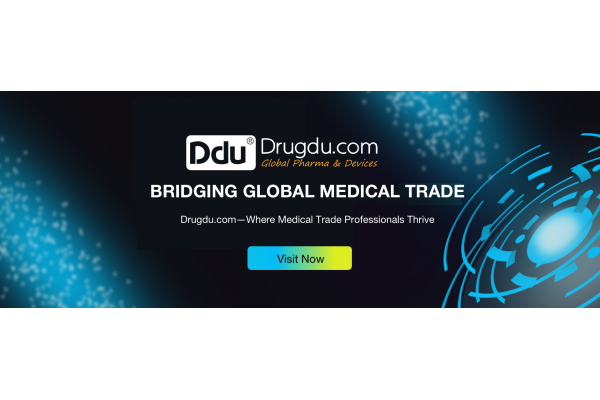【EXPERT Q&A】FDA small business application, what are the tips and guidelines?
December 16, 2024
Source: drugdu
 400
400
Drugdu.com expert's response:
Ⅰ. FDA Small Business Application Guide
Understanding the Definition and Benefits of FDA Small Business
Definition of Small Business: A small business is defined as an applicant and its affiliates whose total gross annual sales or receipts for the most recent fiscal year do not exceed 100million(notlimitedtoU.S.businesses).Ifthetotalgrossannualsalesorreceiptsofasmallbusiness/affiliatedcompanydonotexceed30 million, it is eligible for a fee waiver for Premarket Approval (PMA) applications.
Benefits: The FDA offers fee reductions for small businesses. For example, the small business fee for a 510(k) submission is 25% of the standard fee, which can save up to over $16,000 (the exact amount may vary by year).
Preparing the Small Business Certification Application
Application Form: The dedicated FDA application form (Form FDA 3602A MDUFA Foreign Small Business Certification Request) should be completed. The form should be opened using the latest version of Adobe Pro, and not domestic software such as WPS.
Ⅱ. Application Process:
Starting from October 1, 2024, the FDA will accept Small Business Determination (SBD) requests electronically.
All documents supporting the SBD request can be submitted through the Center for Devices and Radiological Health (CDRH) Collaboration Portal.
Effective November 1, 2024, all SBD applications must be submitted electronically.
To submit an SBD application through CDRH, gather necessary documents and information, fill out the downloaded small business qualification and certification form on a computer, log in to the CDRH Gateway, create a new request, check email for automatic FDA notifications, and finally log in to the CDRH portal to check the submission status.
Notes: The English version of the qualification application form must be stamped by the local tax bureau of the enterprise; otherwise, the application will not be successful. If the national tax authority refuses to certify Part III of Form 3602A, the enterprise may submit a refusal certification statement issued by the national tax authority (with third-party English certification translation), a sales certificate (with third-party English certification translation), or tax return forms.
III. Understanding the FDA Certification Application Process
Product Classification: Determine the corresponding regulations and requirements based on the product type, as different categories face different review standards.
Submission of Registration Application: The enterprise must submit a registration application that meets FDA requirements, including detailed product information and production processes.
Clinical Trials: Some products may require clinical studies to demonstrate their safety and effectiveness.
Review and Determination: The FDA will review the application and decide whether to approve the certification.
Ongoing Regulation: Once certified, the product will continuously be subject to FDA oversight in the market, and the enterprise must ensure ongoing compliance.
Ⅳ. Strategies to Improve Application Efficiency
Advance Preparation: Consider FDA requirements during the product development stage to avoid repeated modifications during subsequent applications.
Enhance Documentation Preparation: Detailed and accurate documentation is crucial for the review process; ensure all materials meet FDA standards.
Consult Professional Organizations: Leverage the knowledge and experience of third-party professional organizations to expedite the review process.
Ⅴ. Precautions
Application Fees: Pay the corresponding registration fees according to product categories and registration requirements. Fee information is usually available on the FDA website.
Authenticity of Application Materials: Ensure all application materials are true, accurate, and comply with FDA format requirements.
Responsive to Review Feedback: If the FDA requests additional information or modifications, respond promptly and submit the required supplementary materials.
In summary, for small businesses applying to the FDA in the United States, it is essential to fully understand the relevant FDA regulations and requirements, make adequate preparations and planning, and leverage the help of professional organizations to improve application efficiency. Additionally, businesses must maintain ongoing compliance to ensure that their products can successfully enter the U.S. market and gain consumer trust.

Read more on
- 【EXPERT Q&A】How does the FDA of the United States classify medical devices? December 12, 2025
- 【EXPERT Q&A】What certifications are required for the export of pharmaceutical products? December 10, 2025
- 【EXPERT Q&A】What are the differences between medical device verification and medical device validation? December 8, 2025
- 【EXPERT Q&A】What certifications are required for the export of medical products to Malaysia? December 5, 2025
- 【EXPERT Q&A】When should the continuation registration process for medical devices be initiated? December 3, 2025
your submission has already been received.
OK
Subscribe
Please enter a valid Email address!
Submit
The most relevant industry news & insight will be sent to you every two weeks.



